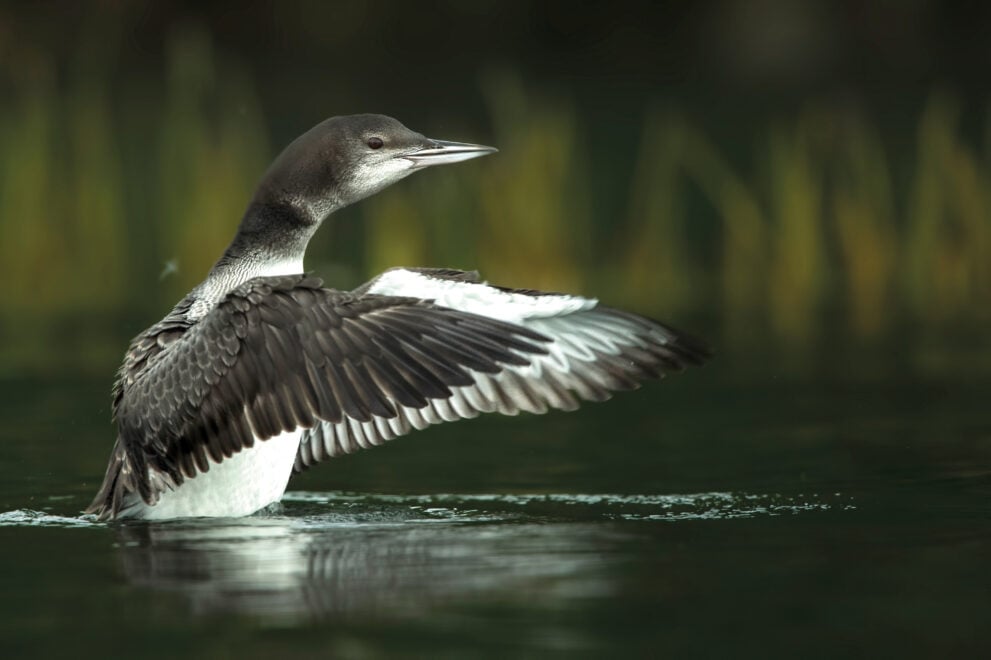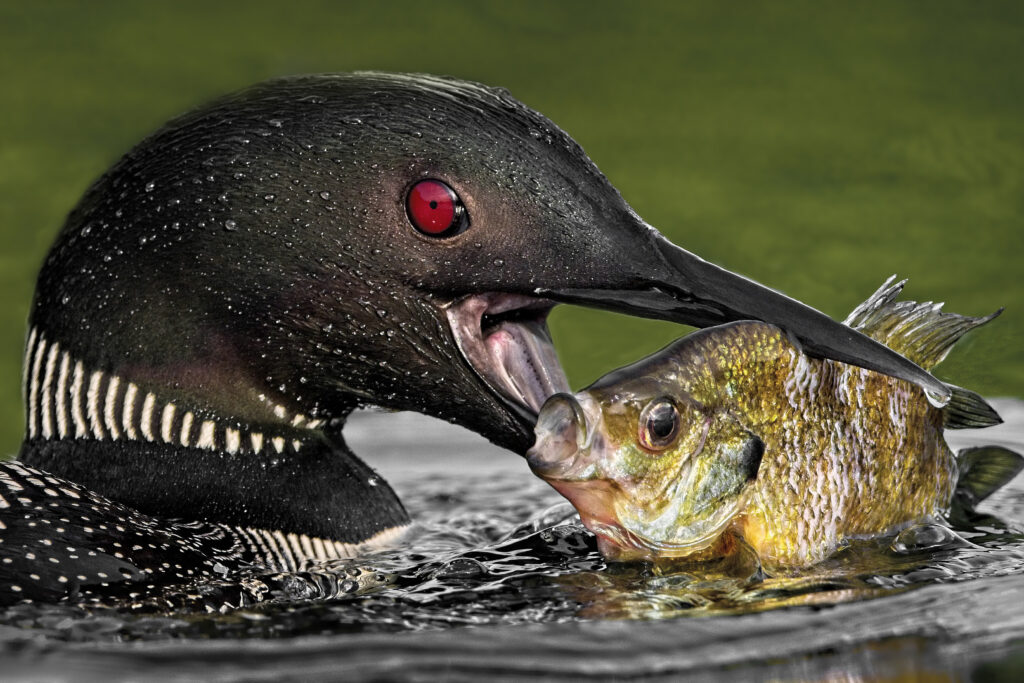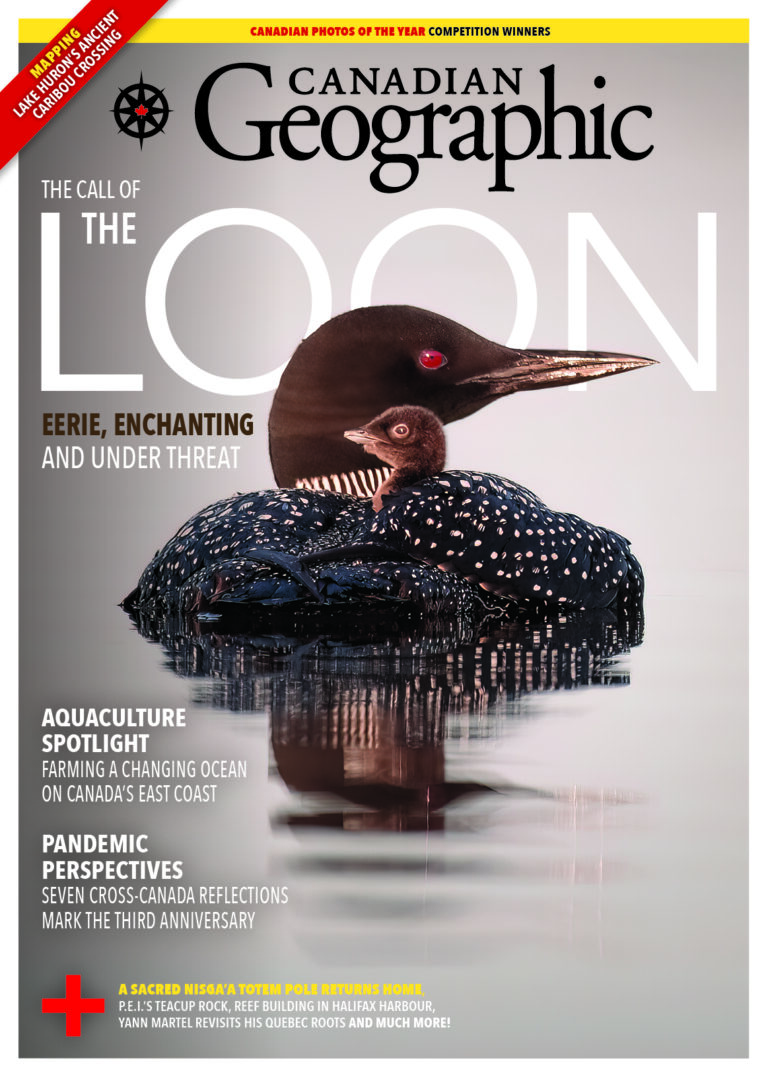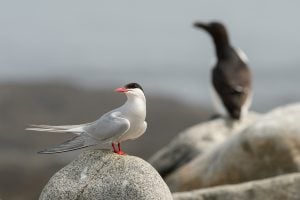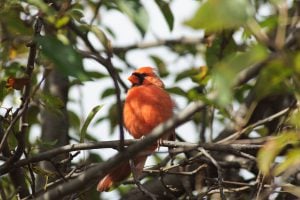Diverse Indigenous cultures — from Inuit to Anishinabek — tell stories about loons as kin, highlighting their vision, perceptiveness and call. In contrast, early European settlers had their own reactions to the primordial call of the loon, reactions of violence and control. Henry David Thoreau described the sound of the loon as “the wildest sound.” “His usual note was this demoniac laughter, yet somewhat like that of a water-fowl,” he wrote in Walden. “But occasionally, when he had balked me most successfully and come up a long way off, he uttered a long-drawn unearthly howl, probably more like that of a wolf than any bird.” This association between loons and wolves motivated a great deal of the 19th-century perception of the bird. For hunters and fishermen, the loons’ status as predators marked them as competitors for resources. A recent article in Environmental History, titled “Loons and the Risk of Extinction in a Warming, Toxic World,” noted that “early conservationists targeted loons for eradication” just as they did with wolves, before the fundamental concept of ecological balance was widely accepted. “Indigenous perspectives on loons as kin, with special powers of vision and insight, have historically had less influence on loon wildlife management,” note the authors.






